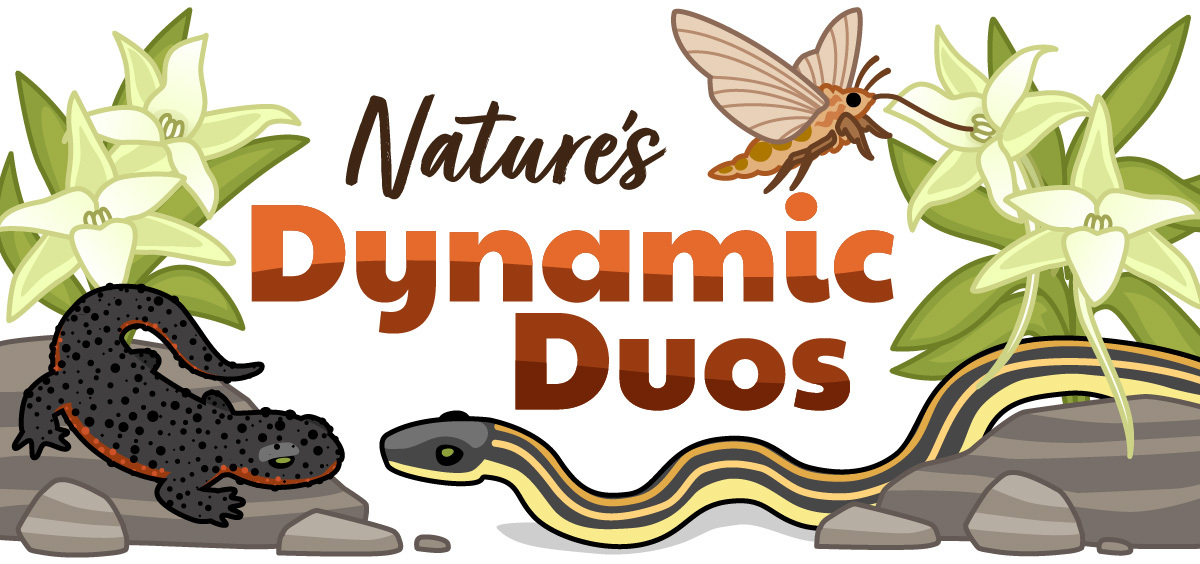
Illustrated by: Sabine Deviche
Evolution and the family tree
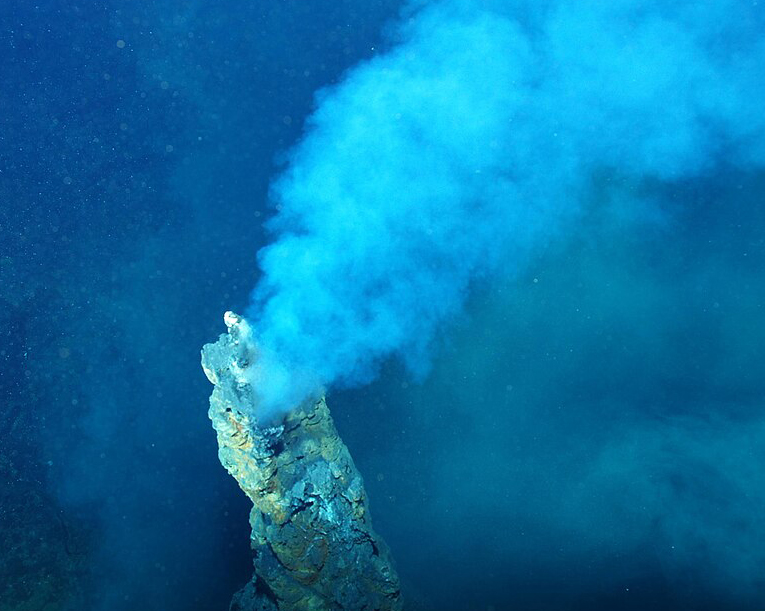
Our story starts deep underwater on the ocean’s floor where cold seawater meets hot magma under the Earth’s crust. On the hot, chaotic Earth of 4 billion years ago, a single cell thrived in an oxygen free habitat near hydrothermal vents. This simple cell is called LUCA (short for last universal common ancestor). LUCA lived in an extreme environment, foreign to today’s oxygen rich life. But why are we interested in a single cell from 4 billion years ago? Well, LUCA is thought to be the ancestor of all life on earth (including humans!). Who knew that at the very start of our family tree is a single celled organism that can potentially connect all life?
When we look at the world around us, we see that nature is bursting with diversity. How does so much diversity come from one cell? This is the result of evolution, a scientific theory started by the naturalist, Charles Darwin. He noticed that animals that were best suited for their environment were more likely to survive and reproduce. Some of their children had the same beneficial traits which also helped them survive in the same environment. This process is called natural selection.
For evolution to happen, we need two things. The first is that individual animals need to have genetic traits that are different from one another (this is called genetic variation). The second is survival of the those better suited to a habitat or situation (this is called natural selection). Over time, a trait that’s different and more helpful may become more common in the population. Eventually, the entire species could change if this trait helped them survive a little bit better in their environment. But it isn’t just their environment that can cause them to change.
What is coevolution?
Species don’t typically live alone in nature. In every environment, several different species live and interact with each other every day. These close interactions can also affect how each species evolves over time, which can lead to a special type of evolution. Coevolution is where two or more species evolve together because they are closely connected in their environment.
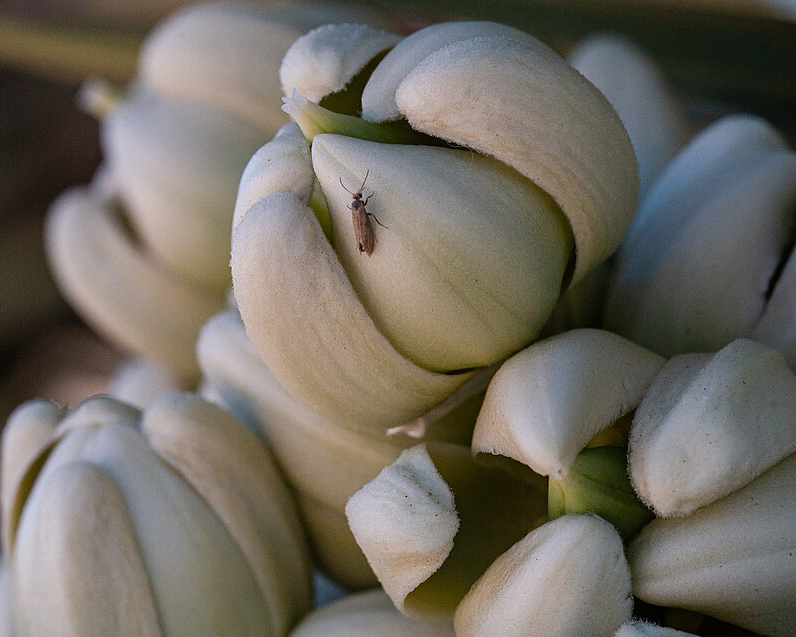
This usually happens between species that depend on each other or live in the same environment. This connection is called an ecological or symbiotic relationship. Their relationship could be friendly where both species benefit (this is “mutualistic”). Or instead, it could be a battle where both species work against each other (“predator-prey” or “host-parasite”). In some cases, our rivals could start an evolutionary arms race where each species continuously pressures the other to change.
Examples of coevolution
There are a few different types of coevolution but they all have one thing in common: multiple species influencing each other to change.
The first type is pairwise coevolution. This type of coevolution happens between exactly two species. One example is the Hawk Moth, which evolved a long tongue to drink the nectar of the Darwin Orchid. This nectar is found at the very bottom of the flower, so only moths with long tongues can reach it!
The second type is diffuse coevolution. This type of coevolution happens when many species influence each other (not just two). An example of this is pollinators and their plants. Some plants have evolved to attract many different types of pollinators, such as bees, flies, butterflies, and many more. These pollinators have also evolved to be better at accessing the nectar from these flowers.
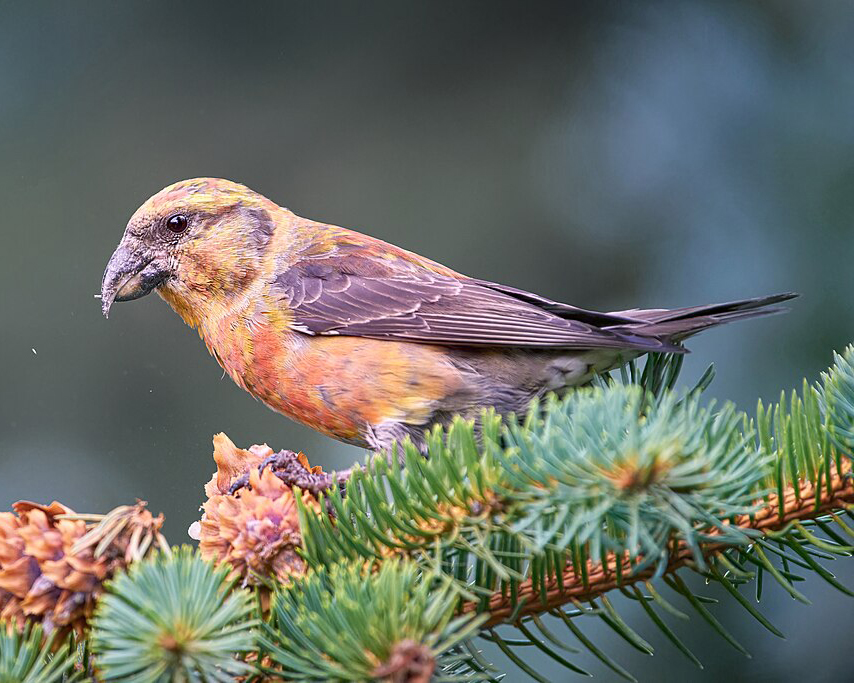
The third type is gene for gene coevolution. This one is a bit tricker as it typically involves specific genes. In this case, if one organism has a specific gene that can affect their relationship, the other might also have a gene that can counteract that change. For example, let’s think about a host and their parasite.
When a parasite enters a new host, the host usually doesn’t know how to defend itself. But sometimes, a host has a gene mutation that helps them recognize the parasite and fight off infection. This helps the host survive and it can pass this gene onto their offspring. Over time, the entire host population could have this helpful mutation as it helps them survive and reproduce. But what about the parasite?
Well, the parasite could also have a gene mutation. This mutation could make it harder for the host to fight against it. Over time, the entire parasite population could have this mutation as it helps them survive and spread better. This could potentially start an evolutionary arms race between the host and parasite. The main idea in this type of coevolution is that single genes in the host and parasite are interacting with each other, driving both species to change and adapt.
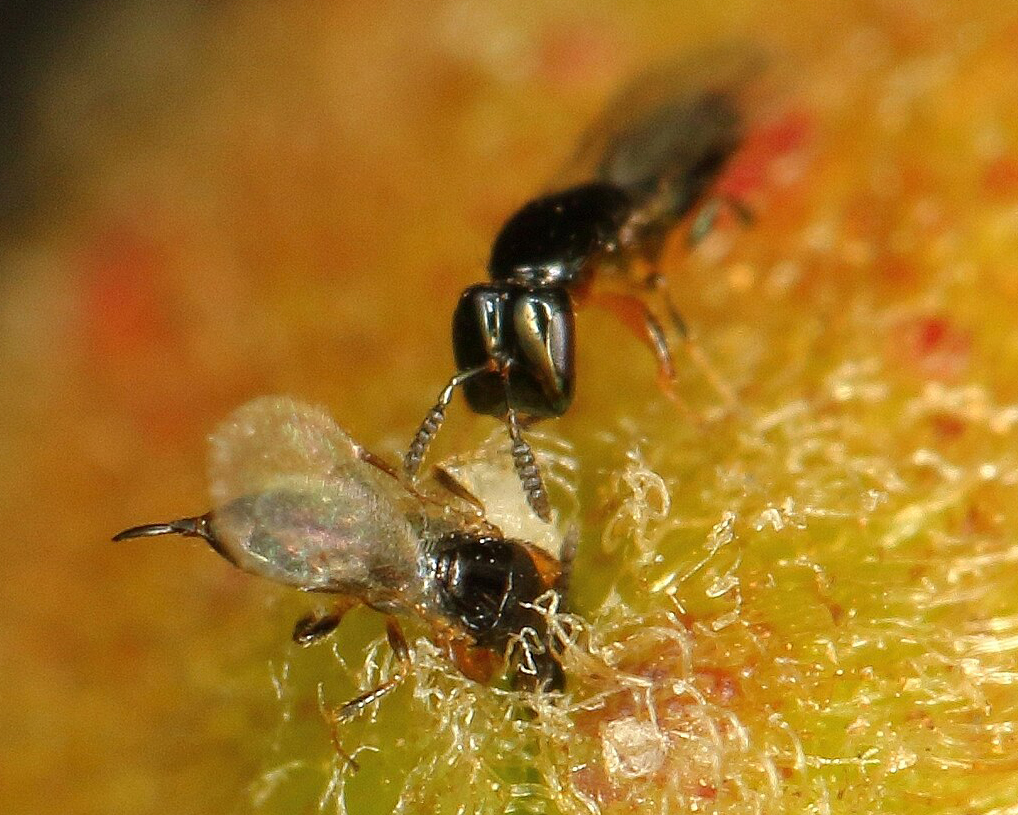
Some coevolutionary relationships are so strong that neither species can survive without the other. An example of this is the relationship between figs and fig wasps. Certain species of fig trees rely on fig wasps to spread their pollen, while fig wasps rely on those fig trees to provide a safe place for their eggs. This relationship is so strong that if one disappears, the other can’t survive for long. The only way that either species can reproduce is through this interaction. They have evolved the perfect match.
A family tree with many branches
When species interact closely, this helps them continue to change over time. Coevolution helps in the creation of new traits, behaviors, and even new species. It is one of the many reasons that life on Earth has so many different types of animals, plants, and interesting interactions. Coevolution keeps the story of life exciting and ever-changing!
Additional images via Wikimedia Commons. Red squirrel image by Cephas.
Read more about: Nature's dynamic duos
Bibliographic details:
- Article: Nature's dynamic duos
- Author(s): Victoria Kent
- Publisher: Arizona State University School of Life Sciences Ask A Biologist
- Site name: ASU - Ask A Biologist
- Date published:
- Date accessed:
- Link: https://askabiologist.asu.edu/explore/coevolution
APA Style
Victoria Kent. (). Nature's dynamic duos. ASU - Ask A Biologist. Retrieved from https://askabiologist.asu.edu/explore/coevolution
Chicago Manual of Style
Victoria Kent. "Nature's dynamic duos". ASU - Ask A Biologist. . https://askabiologist.asu.edu/explore/coevolution
Victoria Kent. "Nature's dynamic duos". ASU - Ask A Biologist. . ASU - Ask A Biologist, Web. https://askabiologist.asu.edu/explore/coevolution
MLA 2017 Style
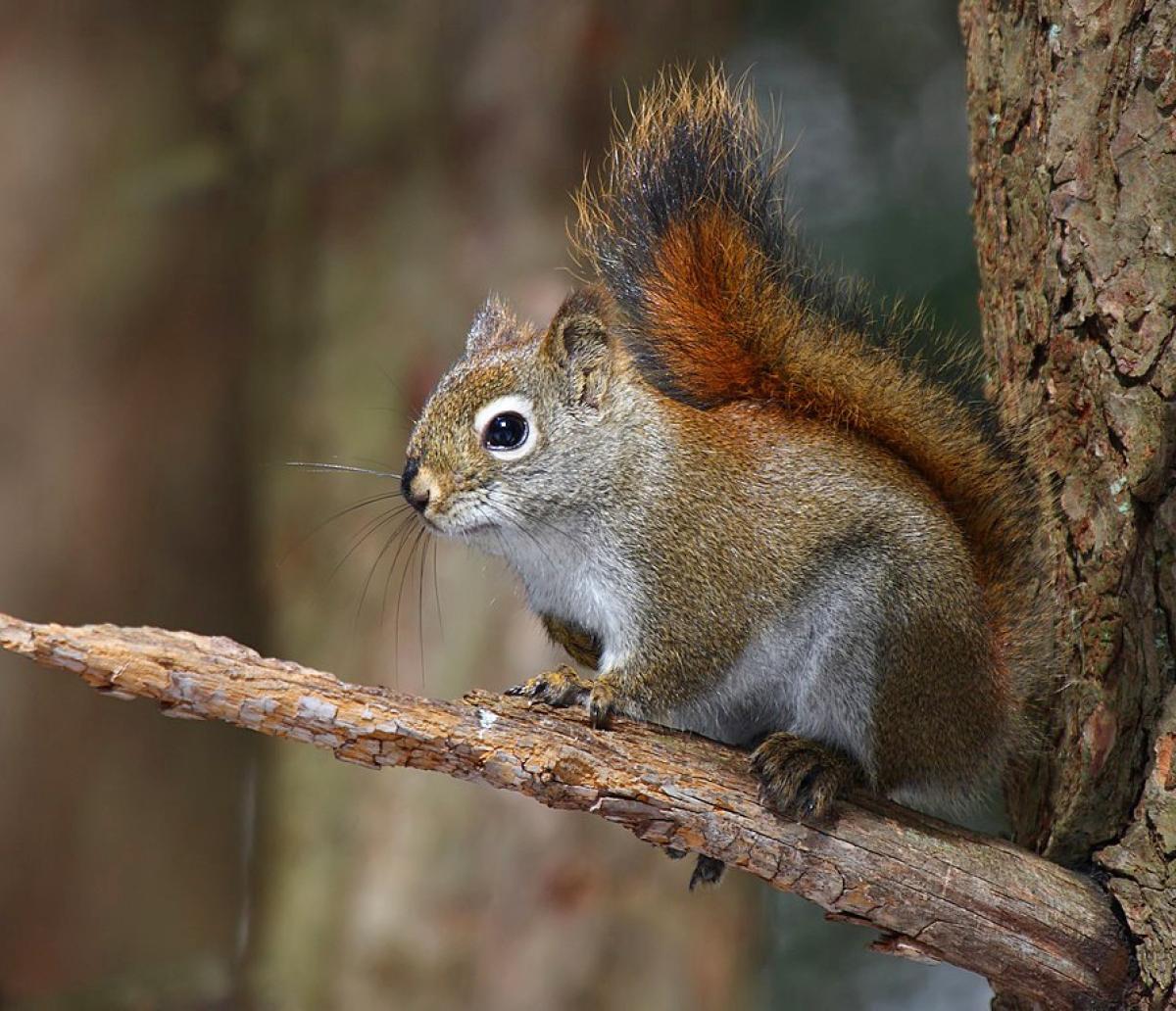
Coevolutionary relationships are all around us. This little red squirrel plays a role in the coevolutionary relationship between red crossbill birds and lodgepole pines.
Be Part of
Ask A Biologist
By volunteering, or simply sending us feedback on the site. Scientists, teachers, writers, illustrators, and translators are all important to the program. If you are interested in helping with the website we have a Volunteers page to get the process started.
